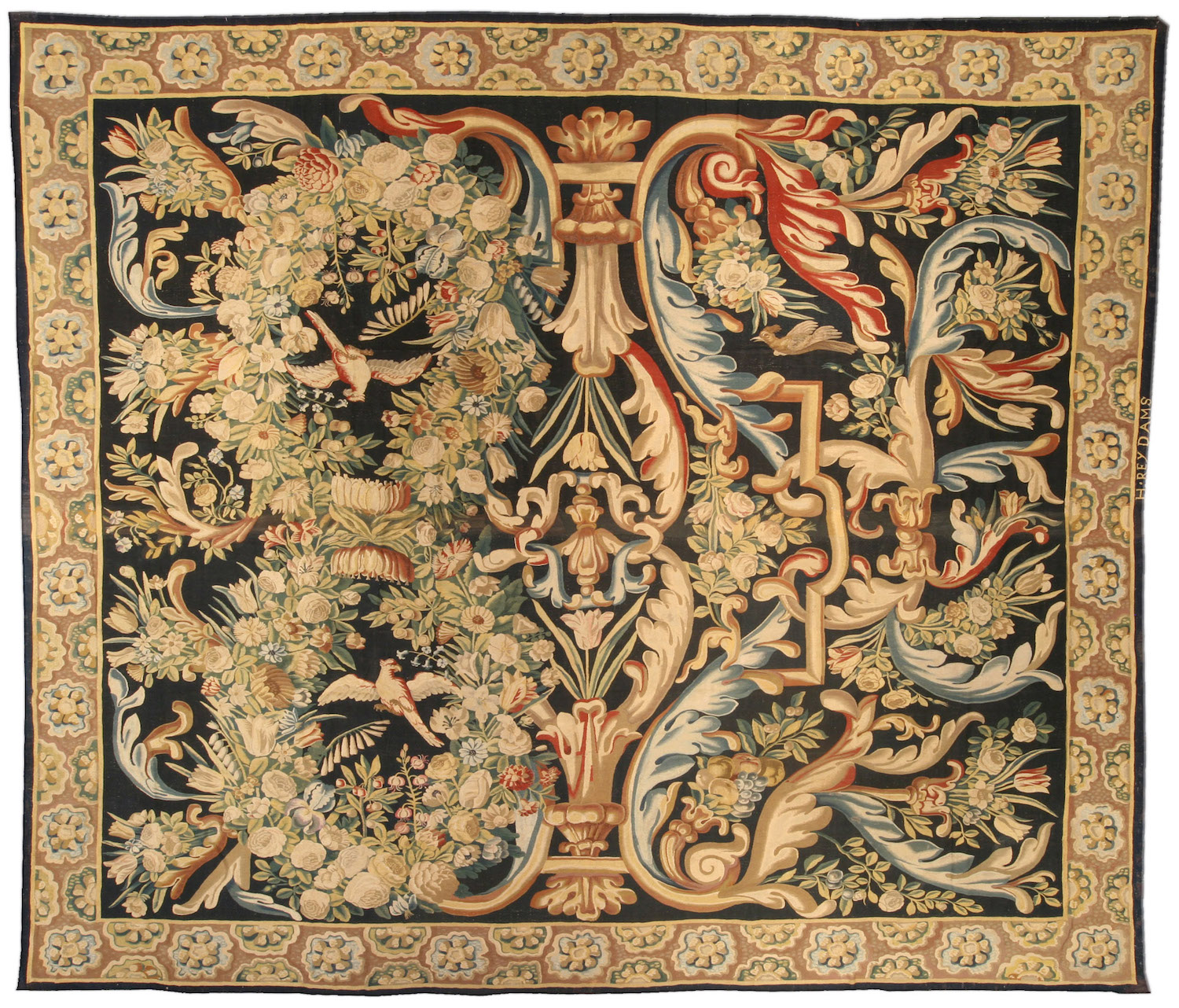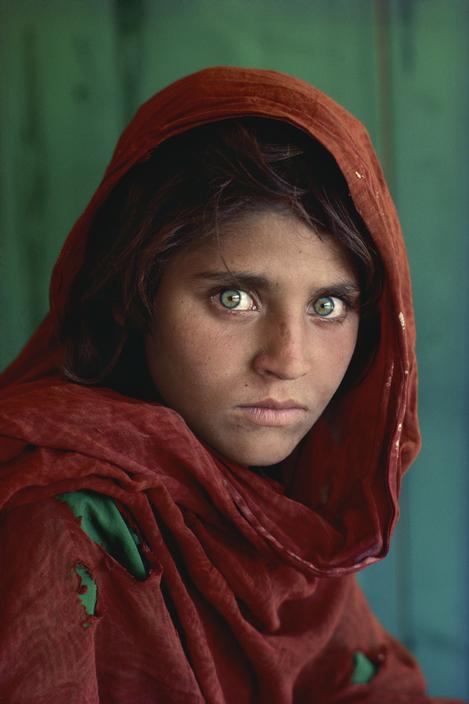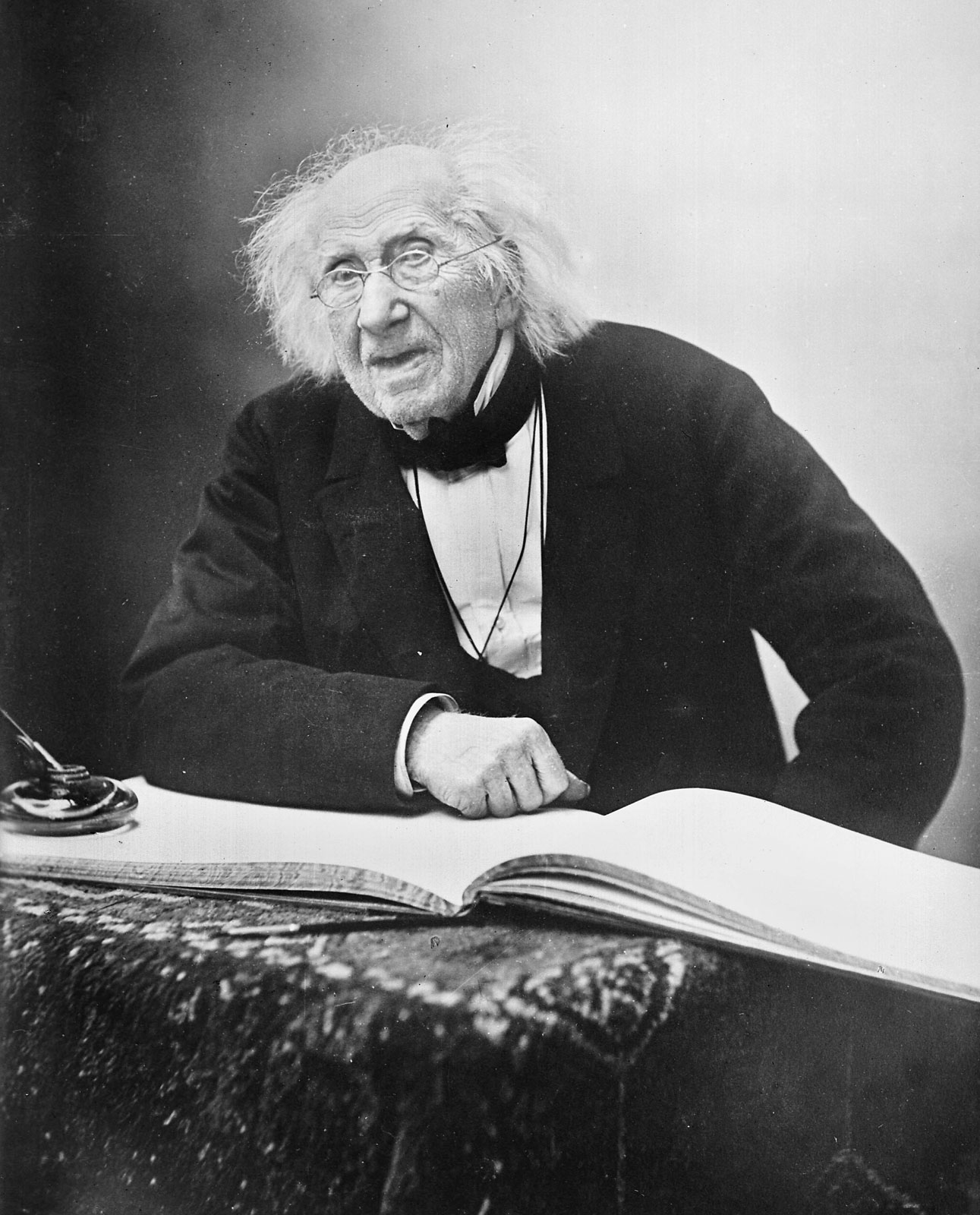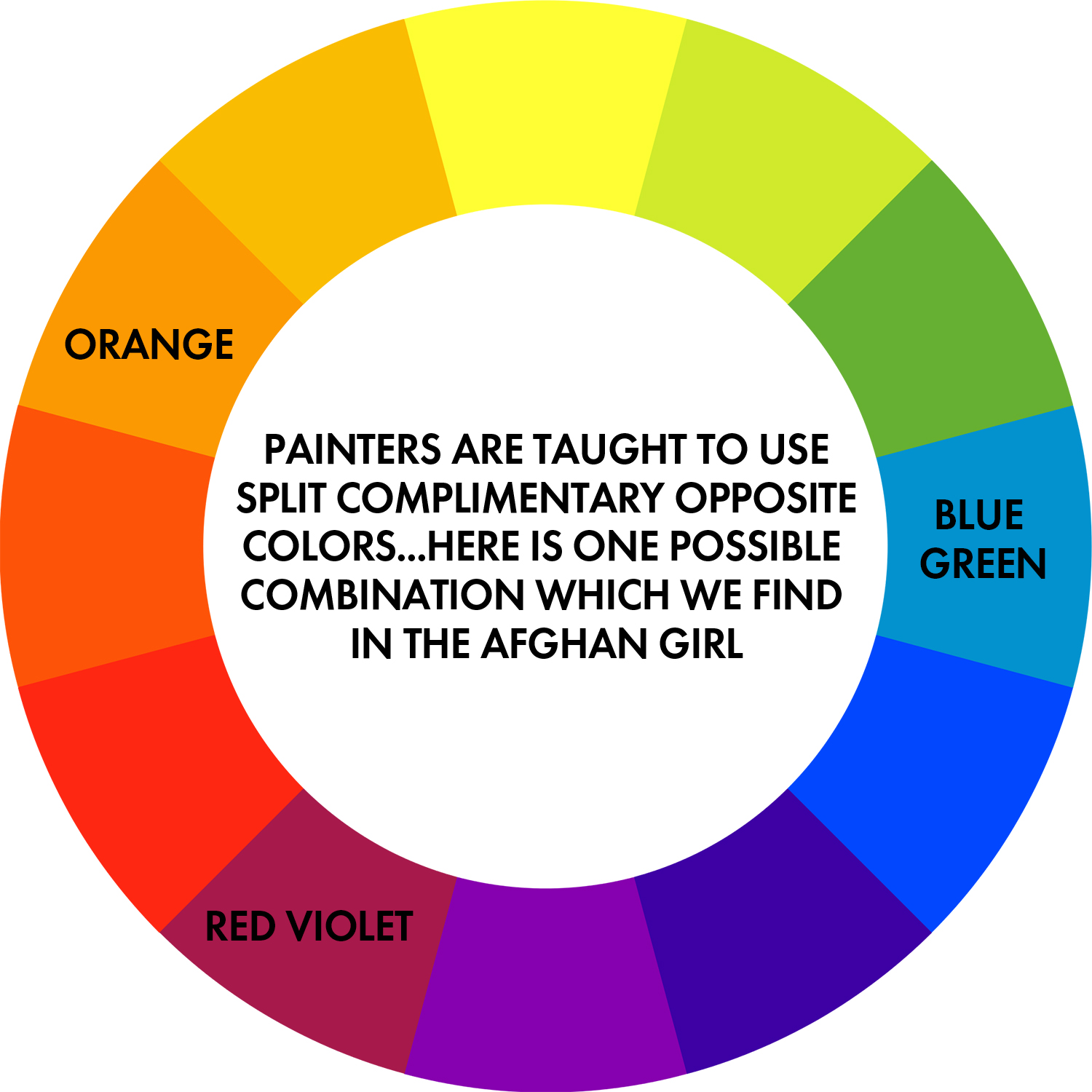
The internet provides us with many options, but who is to say whether they are good or not. Try this; search for “Photography Color Theory” and see what comes up. Our browsers may be a little different, but everything … I mean every article … on the front page of Google is filled with so many mistakes that I would not recommend them to anyone. That might seem a bit harsh, but if you keep reading you will discover why most “photo teachers” repeat the same mistakes about color. The only thing they succeed in is teaching photographers fool proof ways to botch color rather than to use it to its greatest abilities. My goal is to translate the lessons of color theory I learned in painting, into a simple language for photographers.
What misinformation are they spreading? The list is long; I plan to go through it one step at a time so you can walk away with a complete understanding of color theory for photographers.
My goal is to translate the lessons of color theory I learned in painting, into a simple language for photographers.
Let me cut to one quick example. The most frequently mis-taught concept in color theory is that you WANT to create pictures out of complementary colors. That means you want pictures that are either:
• yellow/violet
• orange/blue
• red/green

This is, in no polite terms, utter b*llshit. But wait, what about all of the examples like Steve McCurry’s “Afghan Girl”? Isn’t that red and green? No, it is not red and green.
And it is an excellent example of how most photographers just “round off to the next color” so it fits the theory of complementary colors.
The color palate for that picture is blue green, yellow orange, and red. It would look like this on a color wheel.
Some might say, yeah I see what you mean, but isn’t that just splitting hairs?
No, not at all. Try telling a musician there is little difference between whole notes, flat notes and sharp notes. They won’t even listen to you. Imagine what the world would sound like if every song was rounded to the nearest whole note? That is exactly what happens when someone looks at the “Afghan Girl” and says it is red/green. The nuances of color theory are what makes it so interesting. Otherwise, color theory would have all the sophistication of a box of seven crayons.
If you have been misguided when it comes to color, do not fear. We can easily correct this by studying the real origins of color theory instead of the photo-version of color theory.
As an alternative what if we look at:




Is it possible to learn color theory without learning how to paint? Yes, it is possible, which is why I’d like to offer an alternate approach for photographers to learn about color. The first question that will unlock a new world of color is very easy; start asking “Why?”
Don’t take what anyone says for granted unless you know and trust them to be a reliable source of color information. If they are knowledgeable and reliable they will be able to answer all those “whys” for you. If not, they will just mumble something about harmony or pleasing combinations. When you hear this, quietly back out of the room.
In order to understand how color works, we have to ask better questions. We want to understand how color came about in art. It did not pop out of thin air. It took centuries to invent paint colors and learn how to use them. This evolution left thousands of lessons that we can use as photographers. Today we have more access to color than ever before. The ease at which a photographer can adjust their colors is amazing.
Once we understand how color works, editing photos becomes simple. You will know exactly what to look for when you shoot and how to adjust it in post production. In the end, a knowledge of color with enhance the way you see the world and the pictures to take when you observe it in action.
In the end, a knowledge of color with enhance the way you see the world and the pictures to take when you observe it in action.